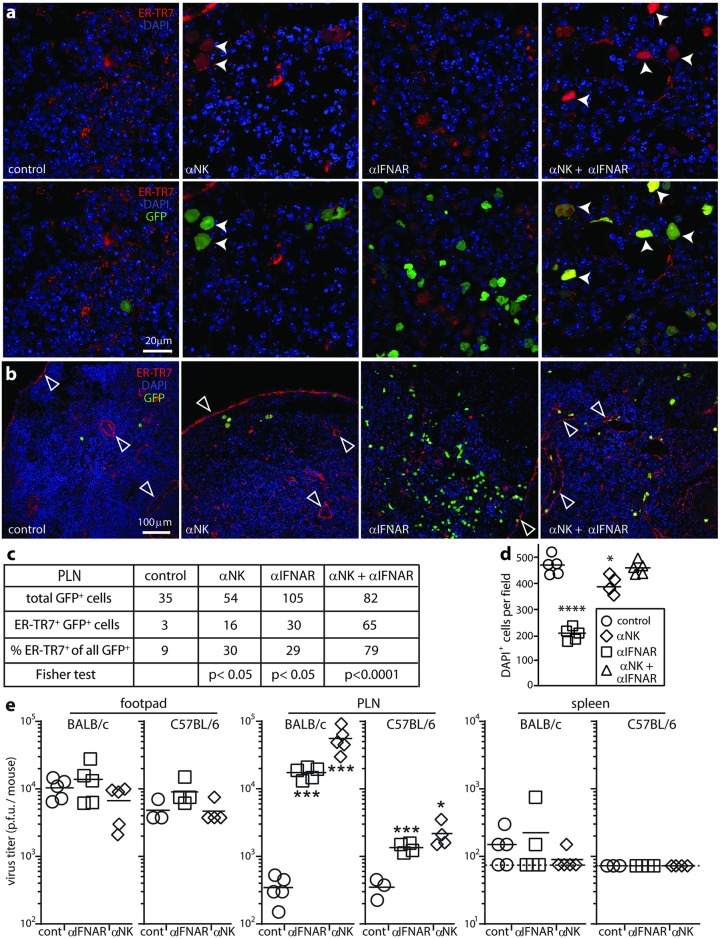Fig 6. NK cells eliminate ER-TR7+ infected cells and cause tissue damage.
(a). C57BL/6 mice were given IFNAR blocking antibody (αIFN), depleted of NK1.1+ cells (αNK), given both treatments, or given neither (control). All were then given i.f. MCMV-GR (106 p.f.u.). 1 day later PLN sections were stained for viral GFP and the FRC marker ER-TR7. Nuclei were stained with DAPI. Arrows show example infected ER-TR7+ cells, which were abundant after αNK. (b). Low magnification PLN images of mice treated as in (a), but at 3 days post-infection, showing reduced DAPI staining and altered ER-TR7 staining (arrows) after αIFN, and restoration of these changes by αNK. (c). Counts of infected cells as shown in a, summing across 6 fields of view from sections of 3 mice per group. Statistical comparison by Fisher's Exact Test is between each treatment group and the control. (d). counts of DAPI+ nuclei as shown in b, for 5 fields of view from sections of 3 mice per group. Bars show means, other symbols show individual fields of view. IFNAR blockade significantly reduced the density of DAPI+ nuclei compared to control PLN but not when NK cells were also depleted. NK depletion alone had a small effect (*p<0.05, ***p<0.001; Student’s two tailed unpaired t test). (e). BALB/c and C57BL/6 mice were given αIFN, depleted of asialoGM1+ cells (αNK), or left untreated (cont). All were then given i.f. MCMV-GR (106 p.f.u.). Organs were plaque assayed for infectious virus 1 day later. Bars show means, other symbols show individuals. Dashed lines or axis baselines show assay sensitivity limits. Significant differences relative to the controls for each mouse strain are indicated (*p<0.05, ***p<0.001; Student’s two tailed unpaired t-test).

